At first glance, you might expect this beautiful image to be from a big ground-based observatory or even one of the space telescopes. But this image was taken by “amateur” astronomer Rolf Wahl Olsen. We’ve featured his work before, and he’s done amazing stuff – such as the first amateur image of another solar system — but even he says this latest image of an emission nebula might be his best image to date.
It’s a stunning look at what is known as Thor’s Helmet. This helmet-shaped feature (complete with wings!) is an emission nebula is located in the constellation of Canis Major, about 15,000 light years from Earth. The nebula is a large expanding bubble illuminated by a central star in its last stage of life — a massive Wolf-Rayet star which is shedding its outer layers of gas at an extremely high rate due to intense radiation pressure. Wolf-Rayet stars are thought to represent a brief stage of evolution near the end of life for giant super massive stars; the last unstable phase before the star explodes as a brilliant supernova.
The nebula is some 30 light years in diameter is embedded among a dense star field consisting of thousands of multi-colored stars, adding more beauty to the scene.
Thanks to Rolf for sharing this gorgeous image with Universe Today.
Here’s more details from Rolf:
Date: 8th, 14th, 19th December 2012 and 5th, 6th, 9th January 2013
Exposure: LRGB: 530:44:33:33m, total 10hrs 40mins @ -28C
Telescope: 10″ Serrurier Truss Newtonian f/5
Camera: QSI 683wsg with Lodestar guider
Filters: Astrodon LRGB E-Series Gen 2
Taken from his observatory in Auckland, New Zealand
A wider view:
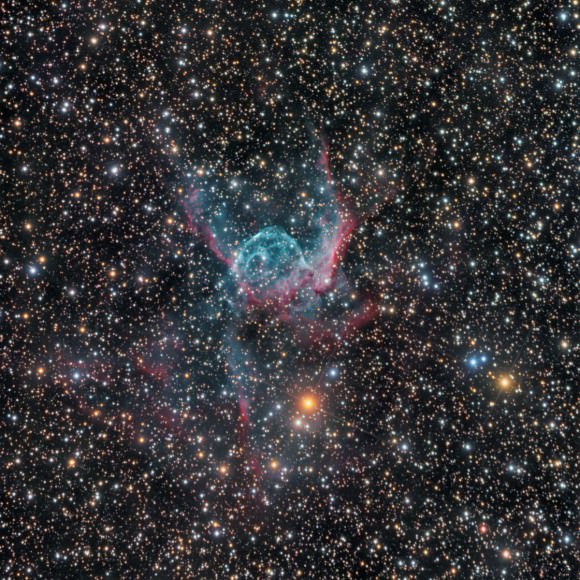
Want to get your astrophoto featured on Universe Today? Join our Flickr group or send us your images by email (this means you’re giving us permission to post them). Please explain what’s in the picture, when you took it, the equipment you used, etc.

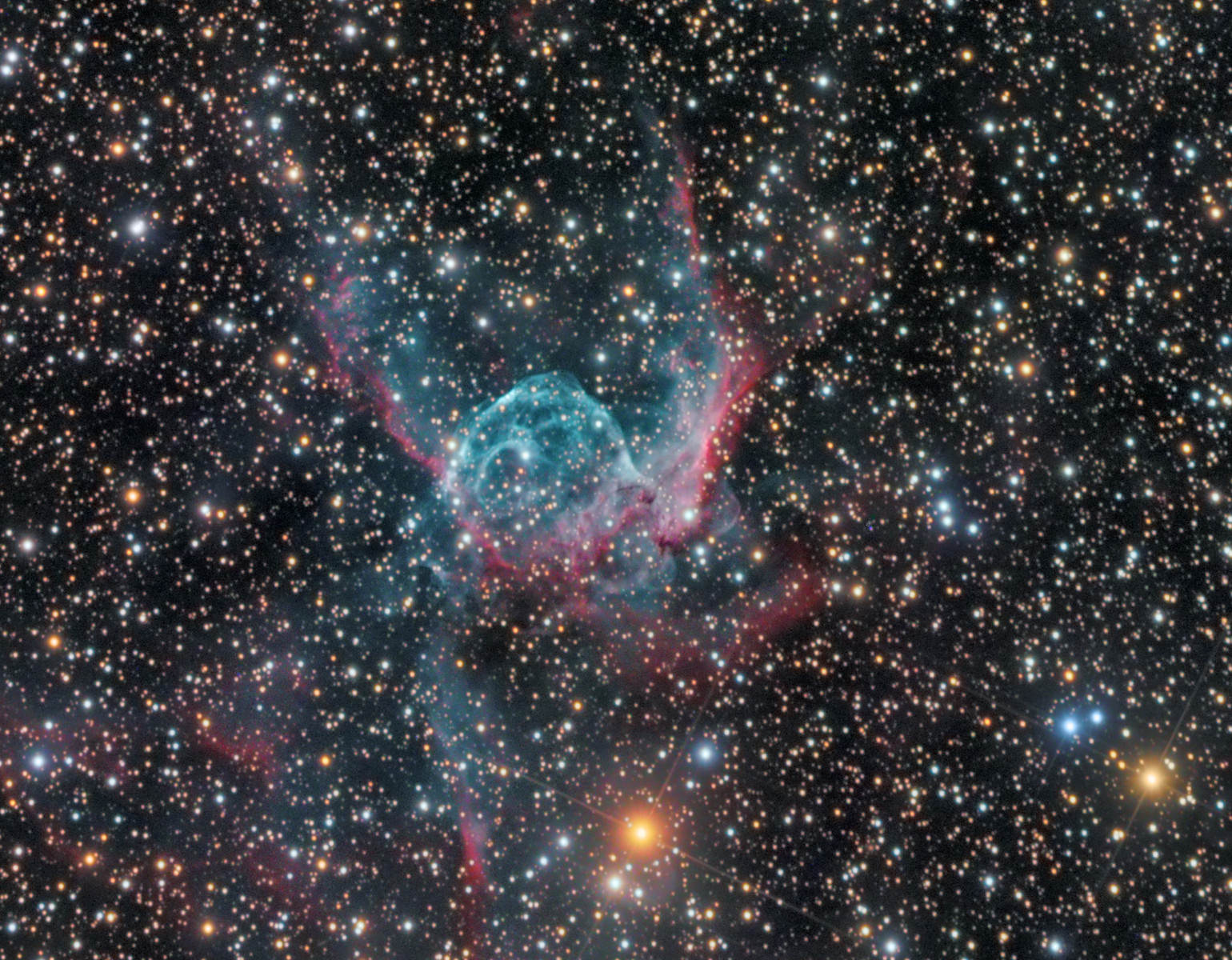
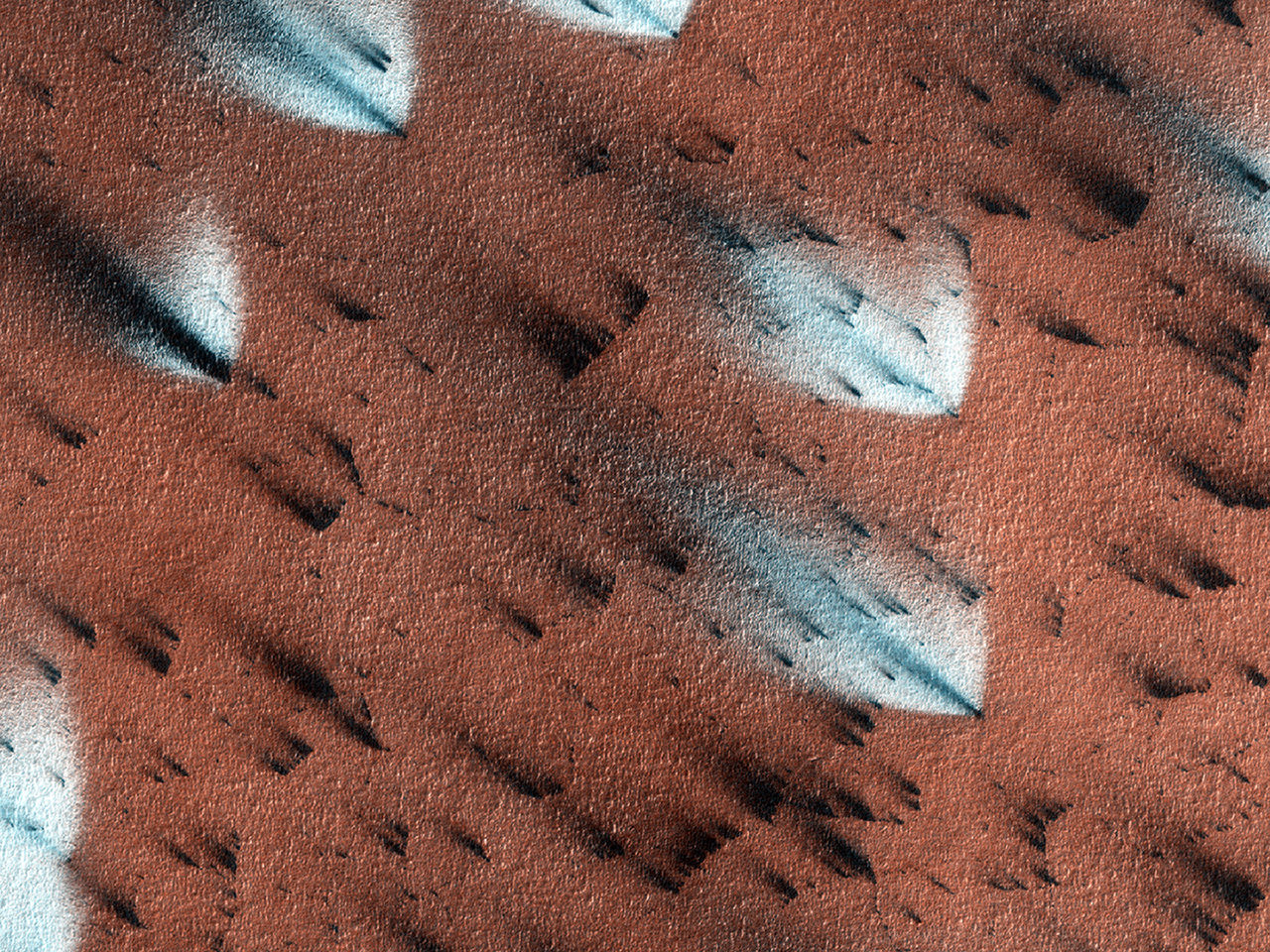
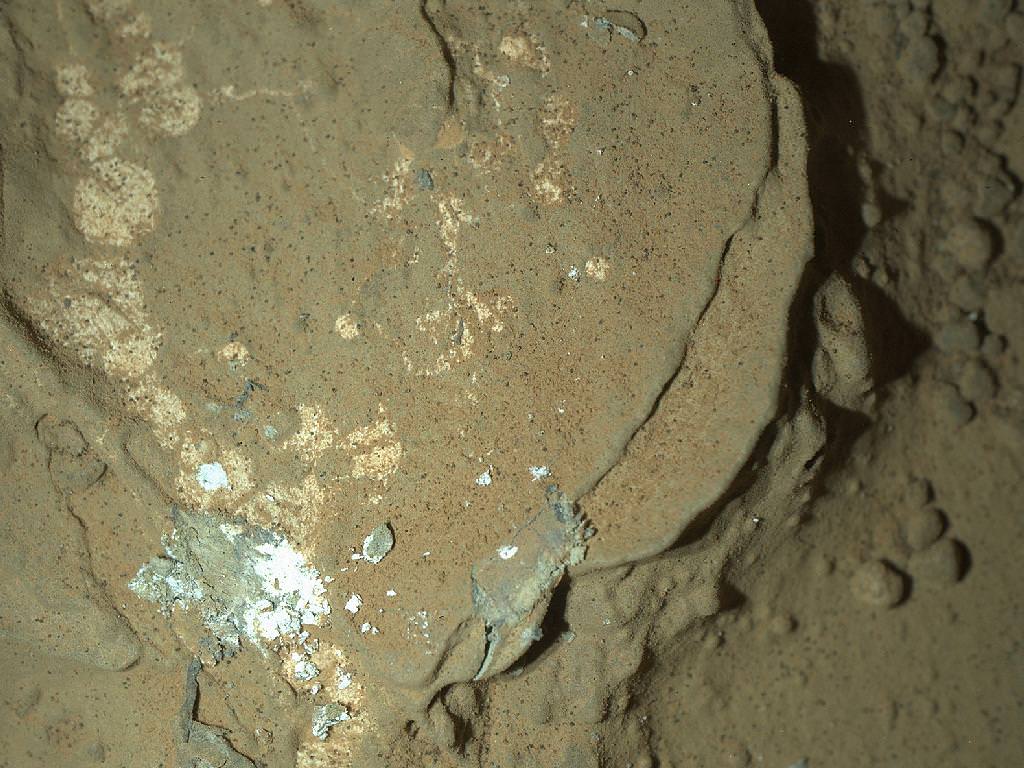
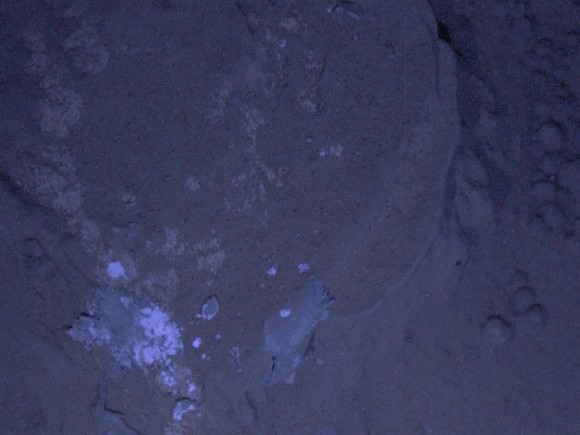
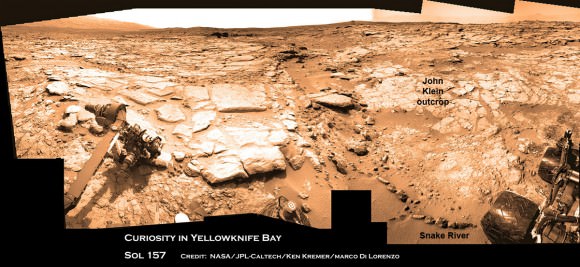
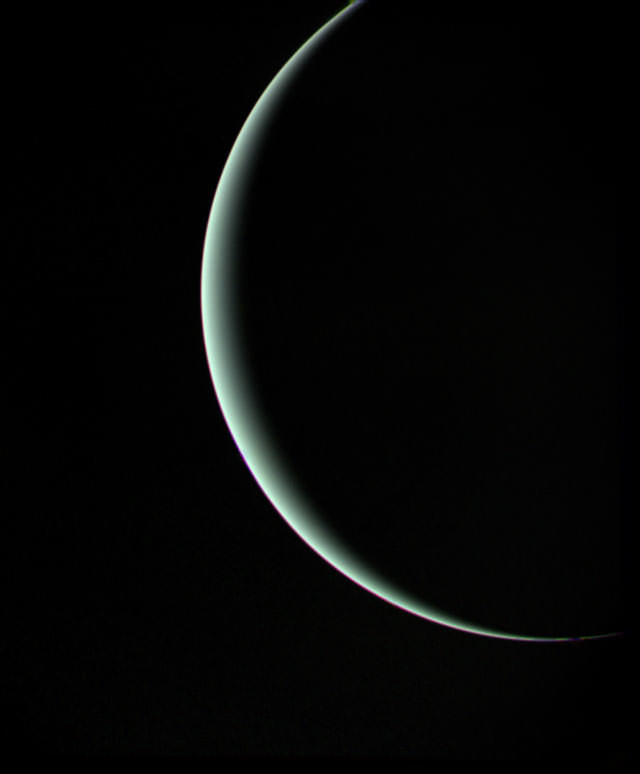
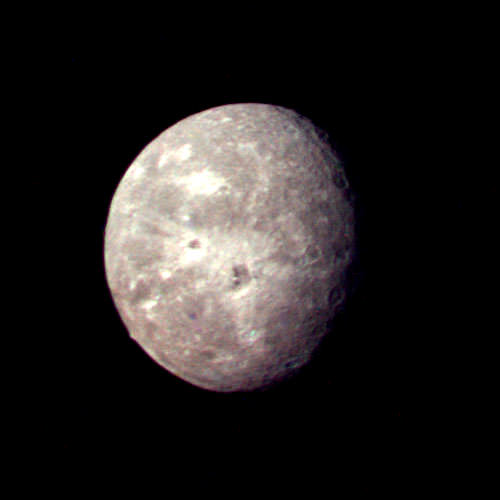
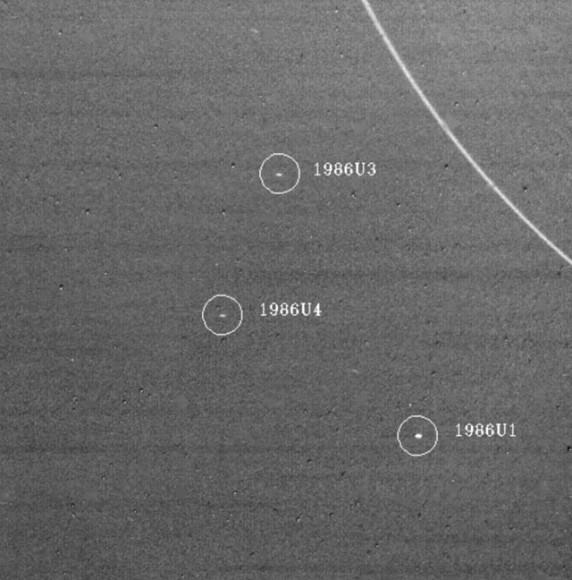
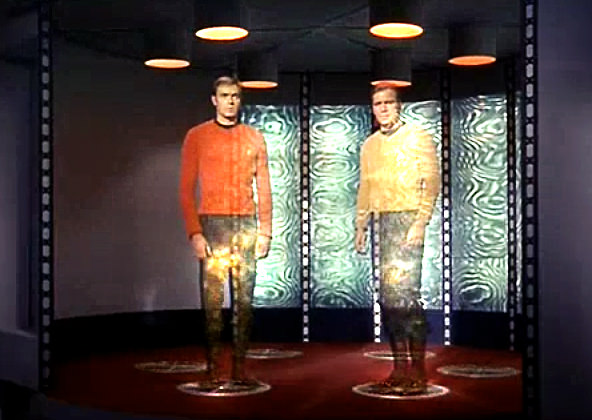
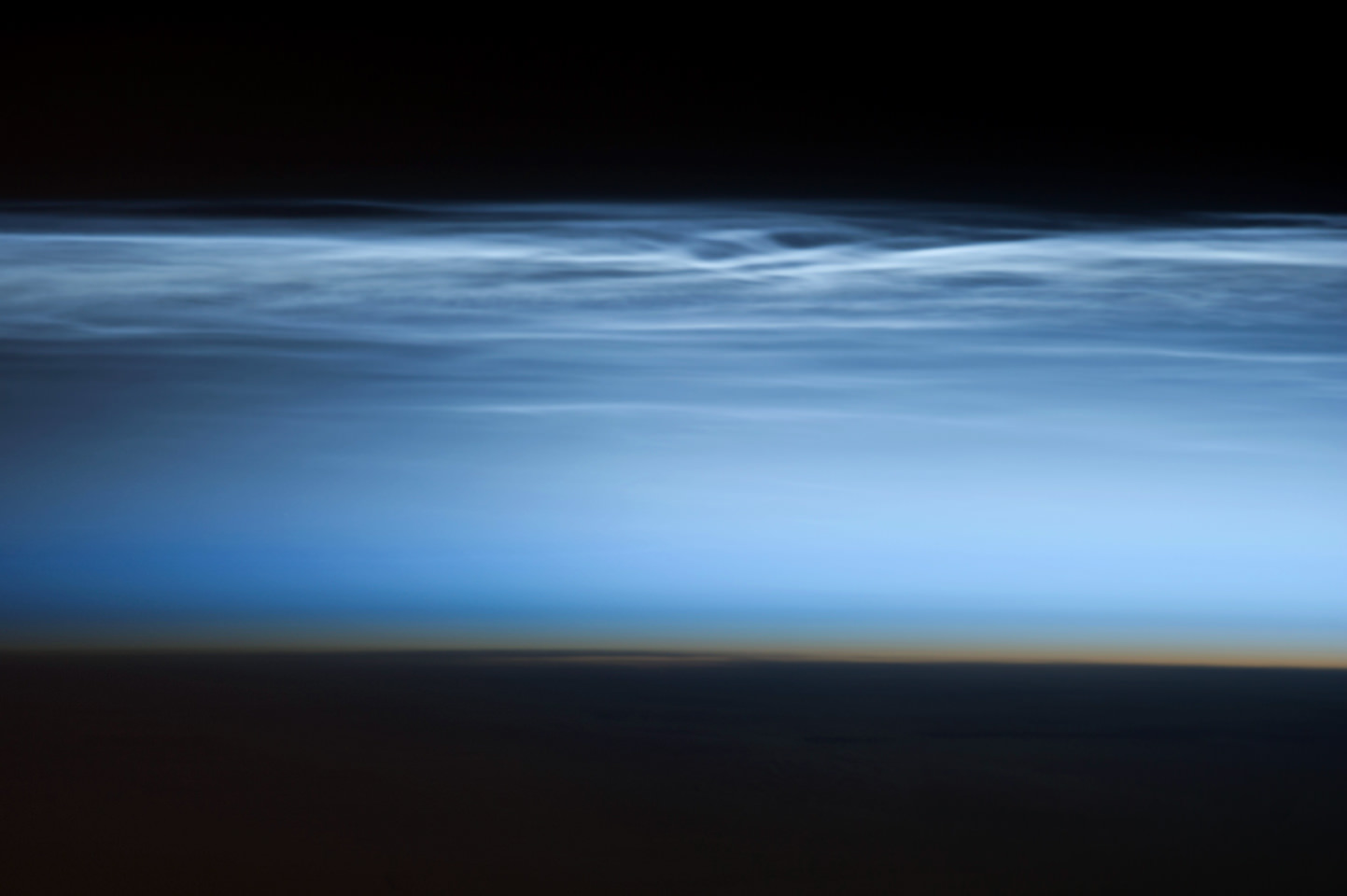
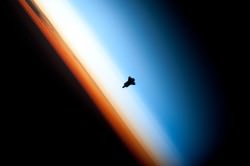
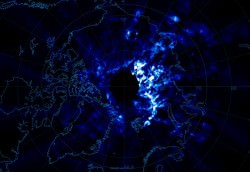

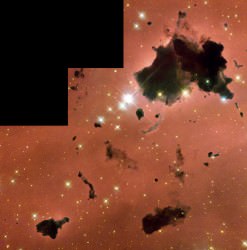
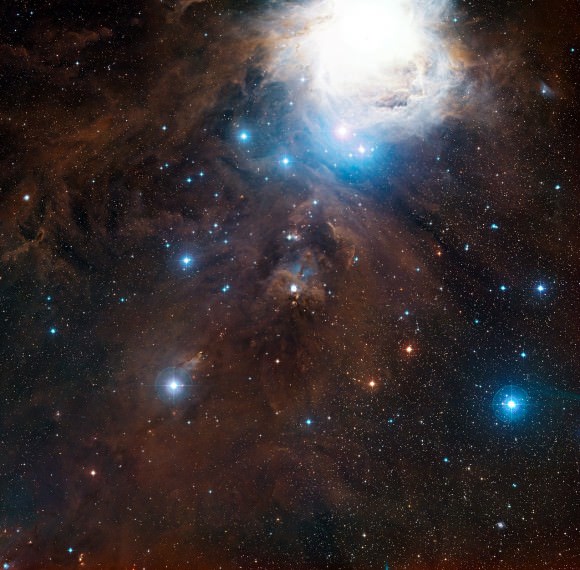
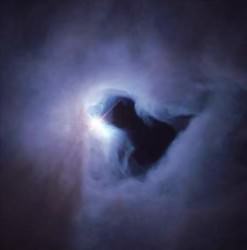
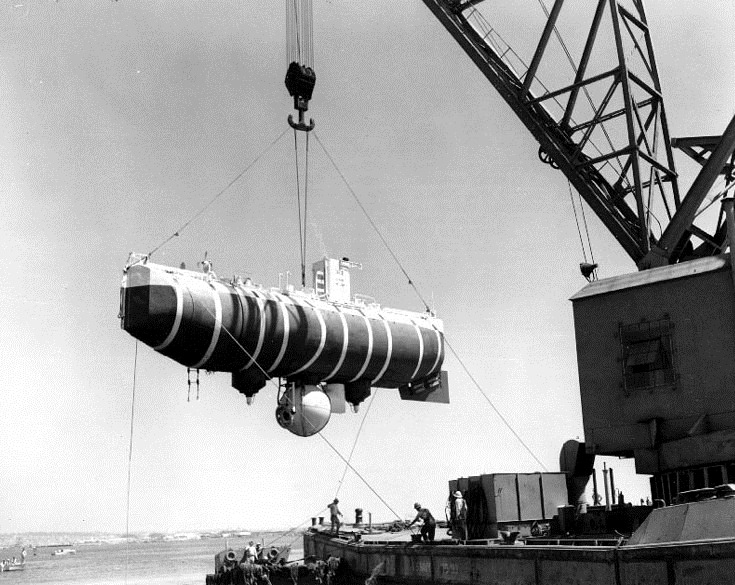
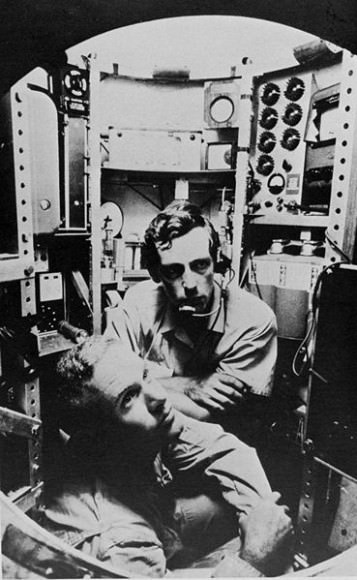
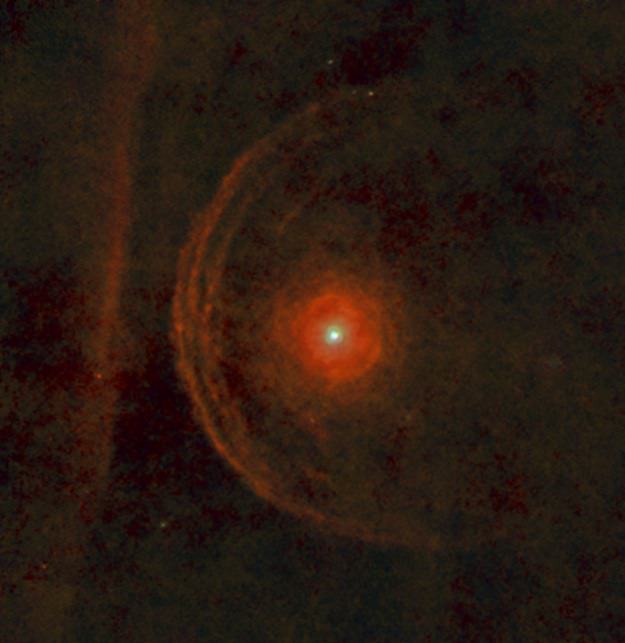
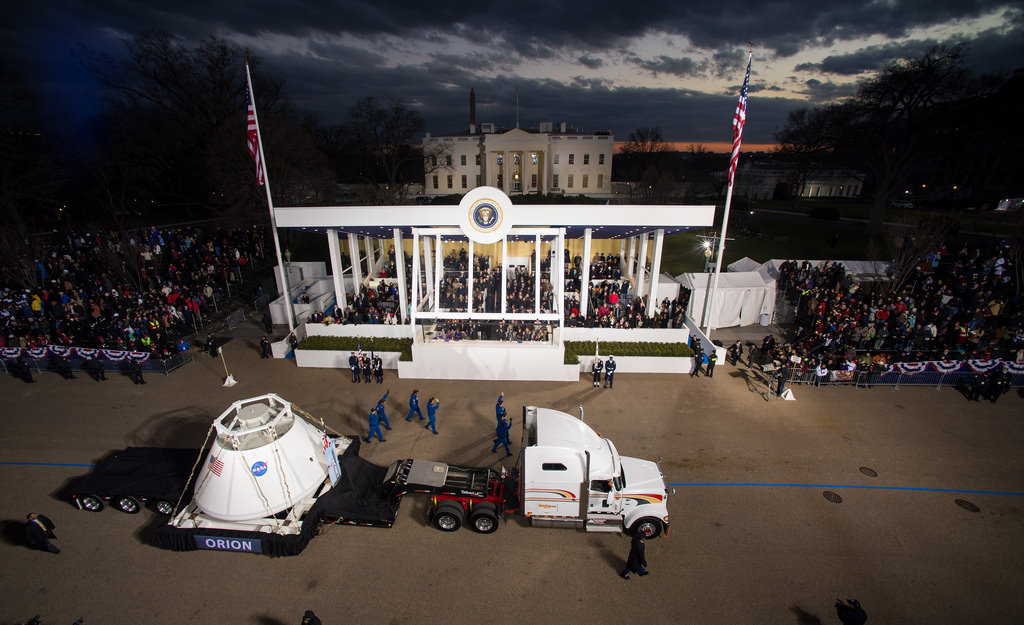
![8403941024_d82bee7a00_b[1]](https://www.universetoday.com/wp-content/uploads/2013/01/8403941024_d82bee7a00_b1-580x360.jpg)